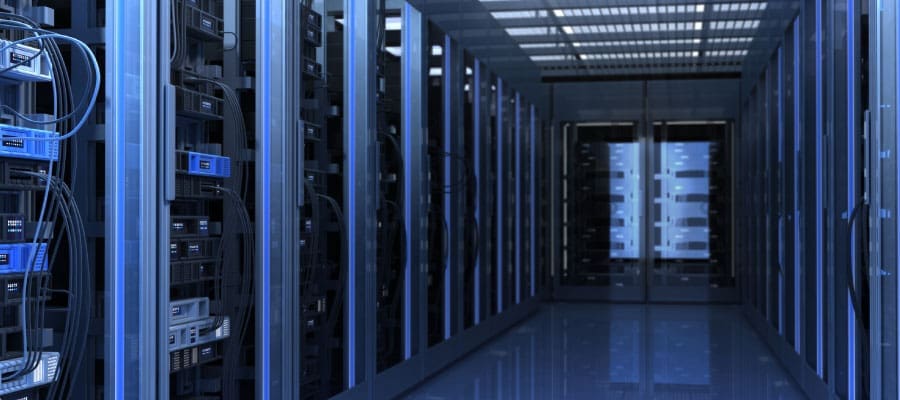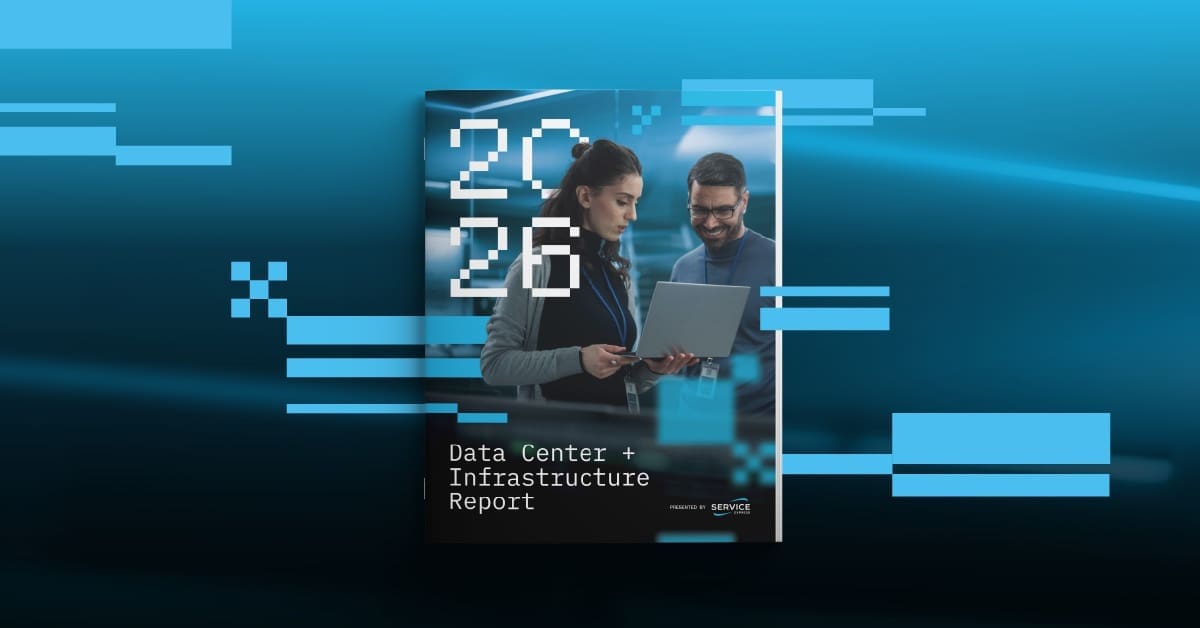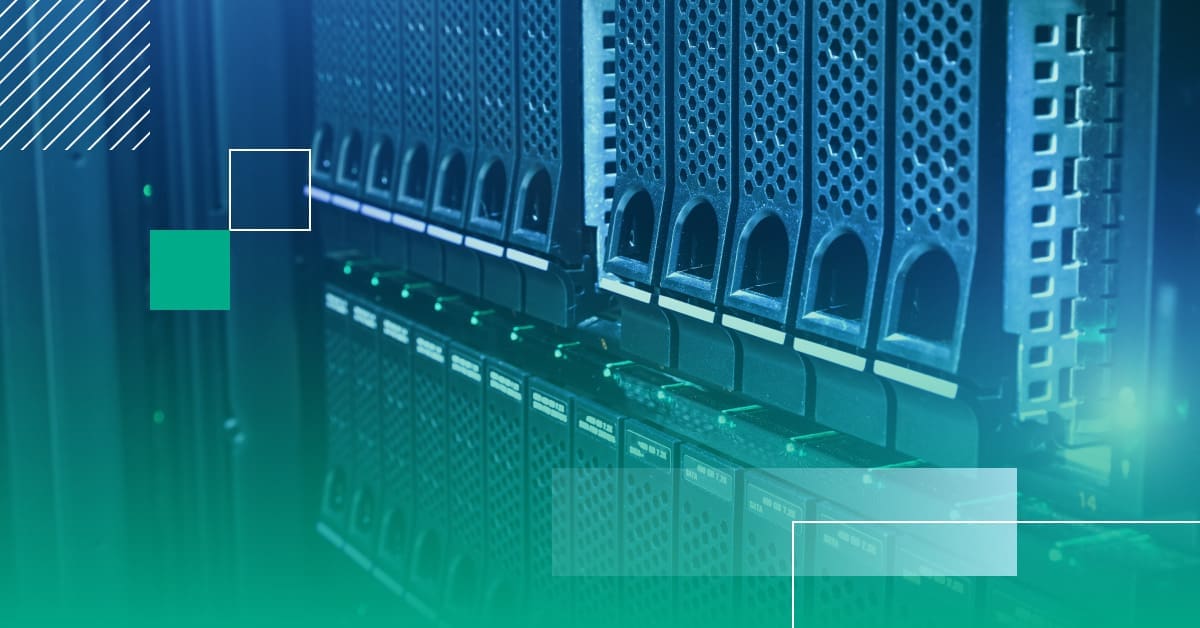In an era dominated by digital transformation, businesses face unprecedented challenges in managing and protecting their ever-expanding volumes of data. While physical tape drives and libraries served their purpose in the past, their limitations make them obsolete today.
The exponential growth of data, coupled with the need for instant access and seamless scalability, demands a more agile solution. Virtual tape libraries (VTLs) are emerging as the preferred choice for forward-thinking organizations looking to modernize their data storage needs.
What is a tape drive?
Tape drives store data on, you guessed it, tape operating on a sequential access model. Tape has remained a common backup method since becoming a standard for data storage in the 1950s. However, sequential access can result in slower backup and restore times, as the tape requires rewinding or fast forwarding to access specific data points. Additionally, tape drives require precise storage conditions. Slight deviations from recommended temperature and humidity levels can drastically affect storage life.
What is a physical tape library?
Physical tape libraries are typically comprised of multiple tape drives and dozens to even hundreds of physical tapes. Tape libraries traditionally leverage a robot to move tapes. This robot becomes a single point of failure for the library. No tapes can be moved when it fails, and backups can no longer run until the hardware is repaired. Manual intervention is often required for tasks such as tape rotation, storage management and offsite transportation, introducing the potential for human error and disruptions in data protection processes.
What is a virtual tape library (VTL)?
VTL is a disk-based storage appliance that appears as physical tape to backup software. By leveraging disk-based storage, VTLs offer faster access times, improved reliability, footprint reduction and seamless integration with existing backup software. With built-in features such as encryption, deduplication and scalability, VTLs provide organizations with the agility and efficiency needed to meet the demands of data-intensive environments.
Advantages of VTLs
VTLs present a multitude of advantages over physical tape libraries, including:
- Seamless integration with existing backup software: VTLs ensure a smooth transition without significant overhauls in the backup infrastructure by appearing as a physical tape appliance to the existing backup software.
- Fewer hardware failures: Leveraging disk-based storage, VTLs experience fewer hardware failures than tape libraries, minimizing disruptions to backup processes and enhancing overall reliability.
- Faster backup speeds: Thanks to disk-based architecture, organizations can quickly and efficiently complete backup operations with a VTL.
- Built-in encryption and deduplication capabilities: VTLs provide data security and optimize storage efficiency by eliminating redundant data.
- Increased scalability: VTLs are incredibly scalable, allowing organizations to add libraries, drives and tapes seamlessly as their storage needs grow without significant disruptions to operations.
- Connection to cloud services: VTL enables organizations to back up critical data to the cloud with the help of Managed Backup services for added flexibility and data protection.
Is VTL the right solution for your organization?
Both physical and virtual tape libraries have their place in the modern-day data center. Physical tape still serves as a reliable solution for long-term archival storage and offline backups. But as your organization grows and evolves, it’s critical to look at your infrastructure to ensure you’re meeting your business’s needs. VTLs address traditional tape libraries’ limitations and offer many advantages that pave the way for seamless data management.
At Service Express, we understand the importance of finding the right data storage solution tailored to your unique needs. Our team can use its expertise to help evaluate your organization’s requirements and determine whether migrating to a VTL is the best strategy for your business. We can guide you through every step of the process, from assessment to implementation, ensuring a seamless transition to VTL technology.
Topics:



